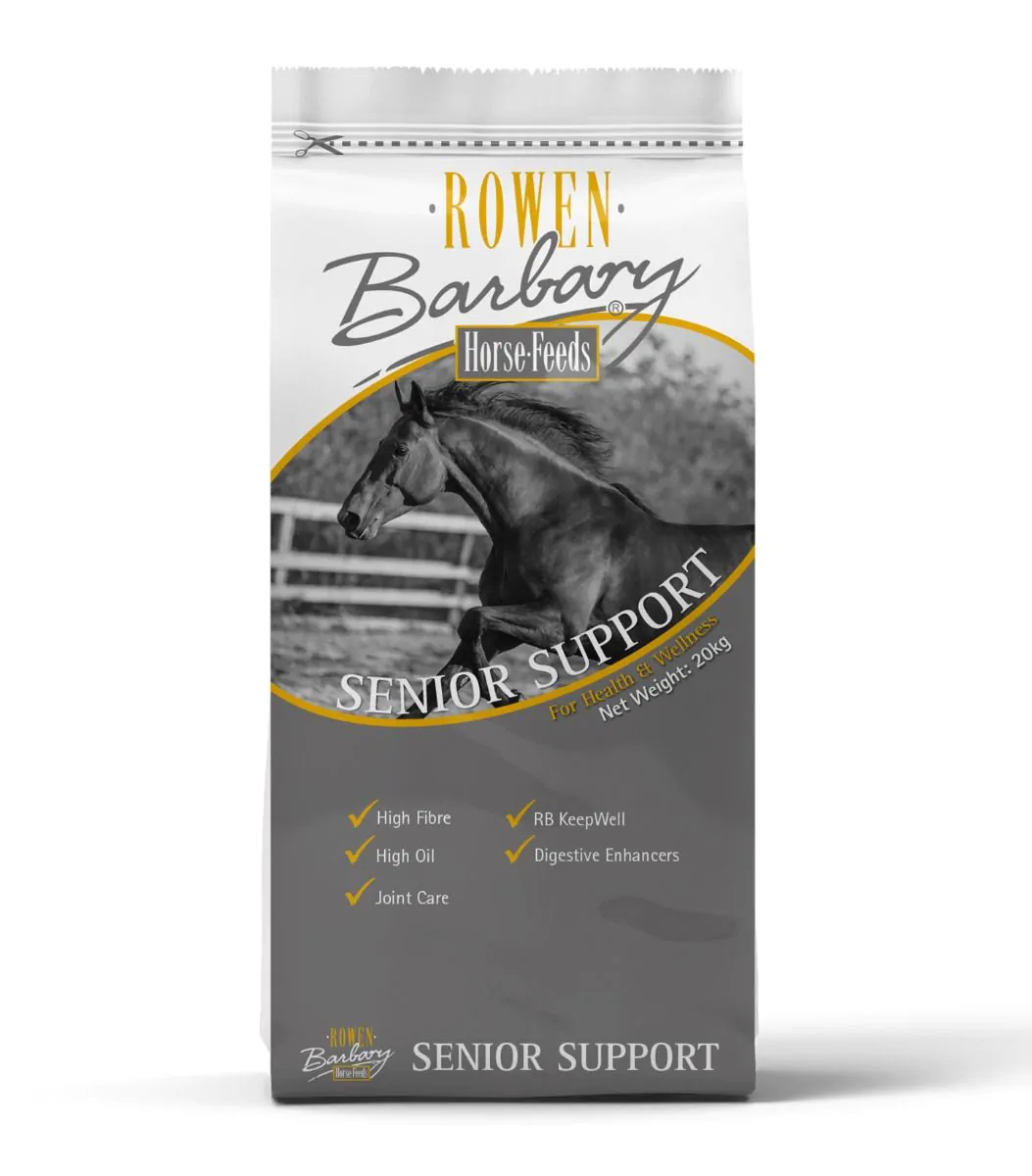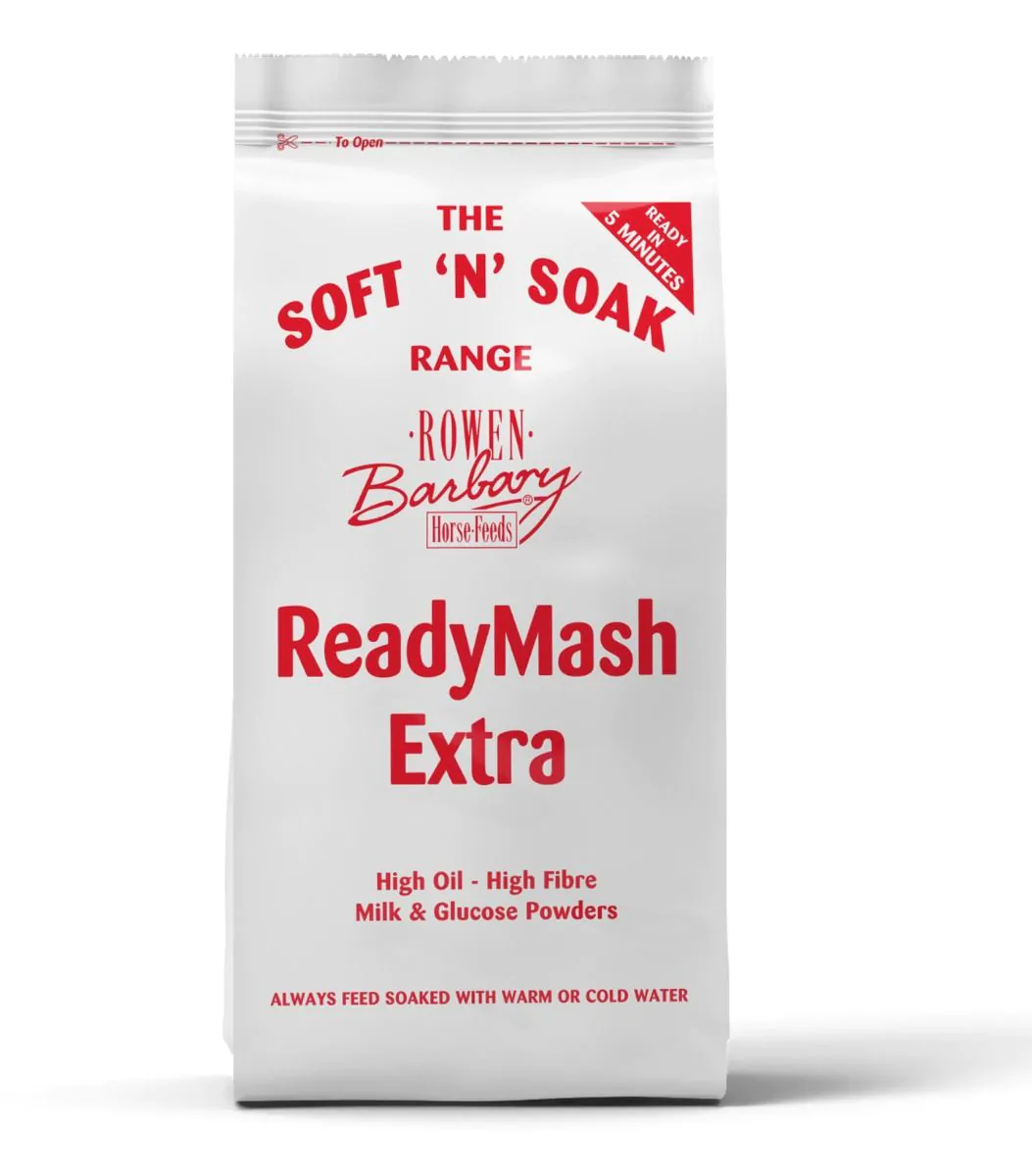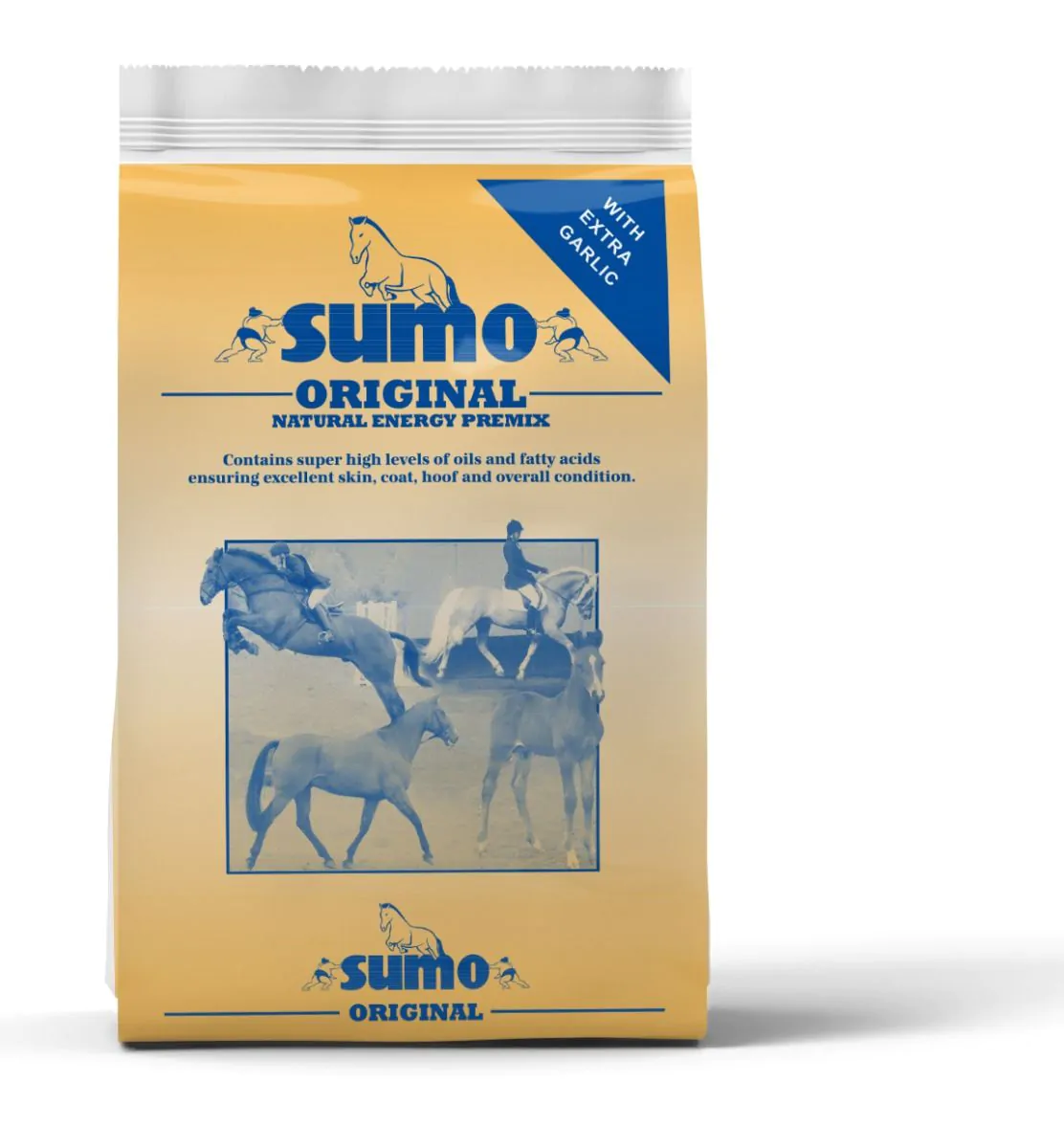- 29th September 2022 by Rowen Barbary
Changing Temperatures
Many owners will begin to plan how their horses is going to remain happy and healthy this winter. This may be as the nights start to draw in, horses may be brought into the stable gradually for longer periods whilst others may opt to provide ad-lib hay and let their horse remain out in the field.
Changing Temperatures
Preparation is key to make certain that your horse stays in good condition from Autumn through the Winter and well into Spring.
It is important to monitor your horse as the temperatures start to decline as their coat thickens it can easily disguise a thin horse. Body condition scoring by getting hands on with your horse is a great way to monitor them. If your horse is prone to losing weight during the winter, try increasing his body weight prior to the drop in temperature. Ideally a horse should be moderately fleshy to fleshy as you head into winter with a condition score of about 3.5.
All horses have a critical temperature, which is dependent on condition and if the outside temperature falls below this the horse must then produce extra heat to maintain its body temperature. The critical temperature can be used to estimate changes in a horse’s nutritional requirement relative to falling temperatures, cold winds, and wet hair.
For a horse in moderate condition with a good winter coat in calm weather the lower critical temperature is just below freezing, at approximately -1°C. As temperature drops maintenance energy requirements increase, increasing even further in the presence of wind and even more so in both wet and windy weather.
Adjusting Energy Intake
The horses diet plays a major role in keeping him warm, healthy and in good condition during the winter months. Forage should be the forefront of any horses diet and there are many options available to you to increase the fibre content of the horses diet if grass is limited including hay, haylage, chaffs and high fibre feeds. As a general rule for every ten degrees below freezing you can increase the horses hay ration by another 10 percent.
By providing your horse with ad-lib fibre this will help maintain a healthy hindgut and body temperature in cold weather, as heat is produced through the digestion of feed. The greatest amount of heat is released when microbes in the hindgut digest high fibre feeds, which help keep the horse warm.
Hay alone is usually insufficient to supply the energy demands for a horse to maintain his body weight, so you may consider adding extra calories to the diet. In the coldest months, many mares are in the second and third trimester of pregnancy, a time when a great deal of foetal development and growth is occurring. It is necessary to supply the brood mare with extra nutrients to enable correct foetal growth and development.
Keep in mind that older horses have additional needs during the winter. Older horses with poor dentition will struggle to chew and digest fibre from hay or haylage efficiently so in this case a forage replacer should be used. Many horses are also kept in work throughout the winter season and with heavy conditions underfoot they have to work harder, so will need additional concentrates to meet with their nutrient requirements.
Oils or fat supplemented diets are an excellent way of providing the horse with the additional calories required for improving and maintaining condition and will also provide over twice the energy as the same volume of cereals. Antioxidants such as Vitamin E must be included when adding extra oil to the horse's diet with many high fat supplements taking care of the increased requirement by incorporating Vitamin E.
Stabling versus Wintering Out
Many people reduce turnout during the winter months due to the wet weather conditions to avoid excessive poaching and health concerns such as mud fever. Horses that are stabled and not gradually adapted to the change in routine may become irritable or excitable behaviours making them difficult to manage. To help adapt to the routine gradually reduce turnout time and adapt their feeding regimes to ensure they do not have excess amounts of energy, by reducing their concentrates and increasing their fibre. A major problem with stabled horses is boredom, so, if possible, you should try to turn out daily or walk in hand as well as providing alternative fibre sources around their stable to encourage natural foraging behaviour such as our Forage ‘n’ Fibre and Ready Fibre Mash.
If you decide to winter your horse out, you must provide your horse with adequate fibre sources and concentrates if your horse requires more calories to maintain condition. Water and shelter should also be provided to allow the horse to escape from the elements. Rug up where appropriate, especially if the horse lives alone. Once a horse's coat becomes wet the optimal insulation is lost which is why for those without a rug and in good condition shelter is necessary to avoid the wet, snowy days. However, rugs also can be detrimental because a rug prevents the horse’s hairs from standing up (their natural defence against cold weather to create insulation) and using too light a rug will actually cause the horse to get chilled.
Remember that grass growth slows down once the soil temperature drops to 5°C and the falling nutrient levels in the grass results in less feed energy that can be used to generate heat. This can contribute to a horse losing weight during winter. It is essential to check all water sources and remove ice daily as horses may decrease their consumption of cold or freezing water during the winter leading to an increased risk of colic, so make sure your horse is consuming at least 10 gallons of fresh clean water each day.
By ensuring your horse is kept warm, healthy and in good condition he will come through the winter well, ready for the season ahead.

All manufacturing at Rowen Barbary is carried out in a state of the art mill located in the heart of the Shropshire countryside. We use only the highest quality ingredients sourced, where possible, from local farms before they are blended by our dedicated team in our UFAS audited mill.
Rowen Barbary also conforms to BETA NOPS guidelines with raw materials & finished feeds regularly laboratory tested to ensure that every bag of feed continues to meet not only ours, but also your high standards.




